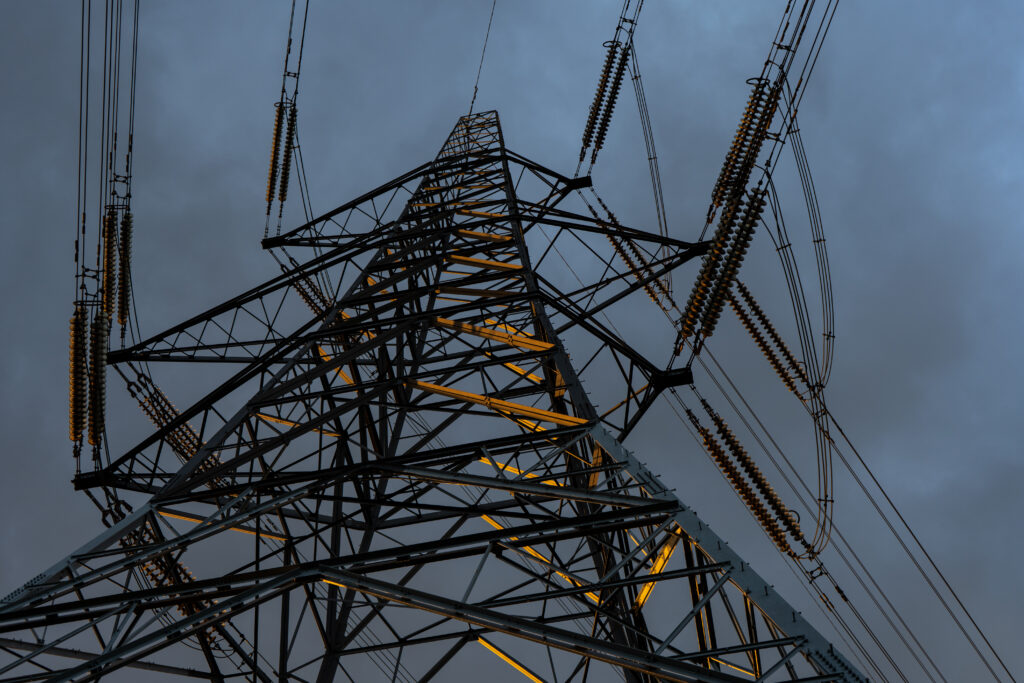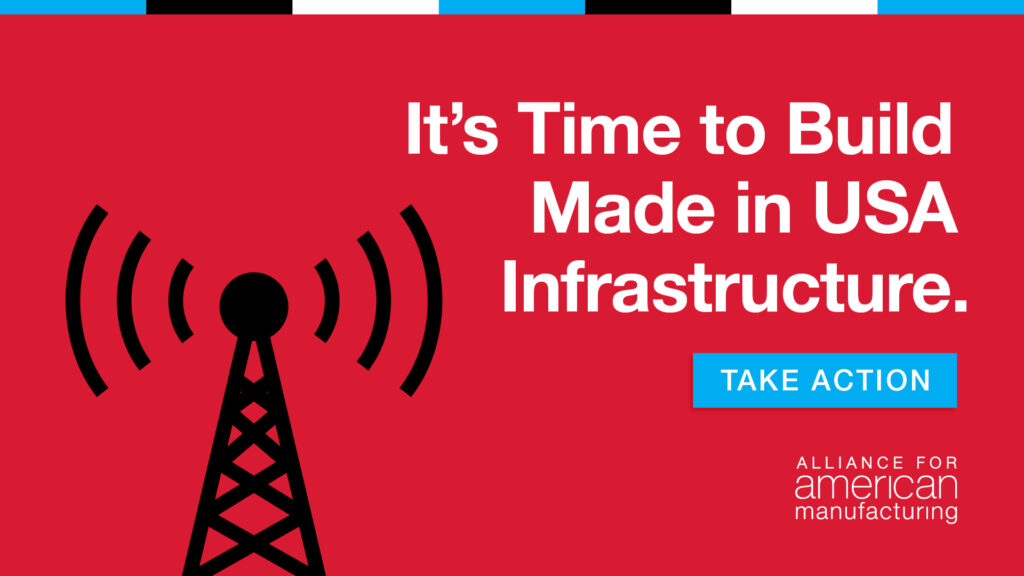
Did we really need another tragic reminder?
Shortly before I left for maternity leave at the end of March, the world had seen some very dark days: the COVID-19 pandemic had claimed the lives of millions worldwide, supply chain snarls had led to manufacturing plant closures and layoffs, and Texas had just seen hundreds die in the wake of a historic winter storm that incapacitated the state’s weakened electric grid. Not exactly the kind of news you want to read before bringing a new life into the world, right?
But there was hope.
Vaccinations were rapidly progressing, the general public was awakening to the vital need for domestic manufacturing capacity, and infrastructure action seemed very much on the horizon.
Now, I return to work with a serious case of déjà vu.
As Hurricane Ida’s torrential rain fell this week, a highway collapse in Mississippi killed two people and injured 10 others. And, in the wake of the storm, more than 1 million homes and businesses in Louisiana and Mississippi are without electricity.
It could well be weeks before residents see power returned to their homes — a life-threatening setback as punishing late-summer heat sets in.
“Many of the life-supporting infrastructure elements are not present,” Louisiana Gov. John Bel Edwards cautioned evacuees. “They’re not operating right now, so if you have already evacuated, do not return here or elsewhere in Southeast Louisiana until the Office of Emergency Preparedness tells you it is ready to receive you.”
But these catastrophes shouldn’t really surprise us anymore. The evidence is clear. Our nation’s infrastructure is failing and will continue to fail unless we take urgent action.
As Alliance for American Manufacturing President Scott Paul said on The Rick Smith Show on Tuesday:
“Number one, our infrastructure is old, bridges in particular. We have tens of thousands of bridges that are deficient because they were built to last for a set amount of time, and we’re well beyond that time span. Number two, the construction that was done wasn’t done with resiliency in mind – the ability to withstand major events like this [hurricane]. … Then, the third factor is obviously the fact that even though people talk about this all the time you know Washington has done not too much to move the needle forward on any of these issues until very recently.”
Here’s the thing: Major weather events like Hurricane Ida are not going away. In fact, they will become more frequent and deadlier. Burying our heads in the sand and pretending that our failing bridges, water systems, electric grids, and other critical infrastructure components are up to the task of protecting our communities from these threats is not only absurd, but deadly. We’ve seen the consequences time and time again.
But these weather events can be mitigated if we rebuild and modernize our nation’s crumbling infrastructure.
“If we invest now,” said Sen. Bill Cassidy (R-La.), “not just in Louisiana, but around our nation, in issues such as coastal restoration, flood mitigation, hardening the grid — there’s billions to harden the grid, so they don’t topple again, leaving our parishes without electricity — $50 billion nationwide for sewer and water, $65 billion to make sure every American has access to broadband Internet.”
The need for serious infrastructure investment is imperative.
“We should be leading the world, and we should be showing the way how this is done. But, when you look all around you with the physical infrastructure, most of the great examples of the 21st century are not in the United States, and we’re instead playing catch-up,” Paul said.
I can only hope that my children don’t see endless repeats of infrastructure failures we’ve seen in Texas, Louisiana and Mississippi just this year. It’s past time that legislators put politics aside.
Join us in telling Congress that America needs serious infrastructure investment now.

